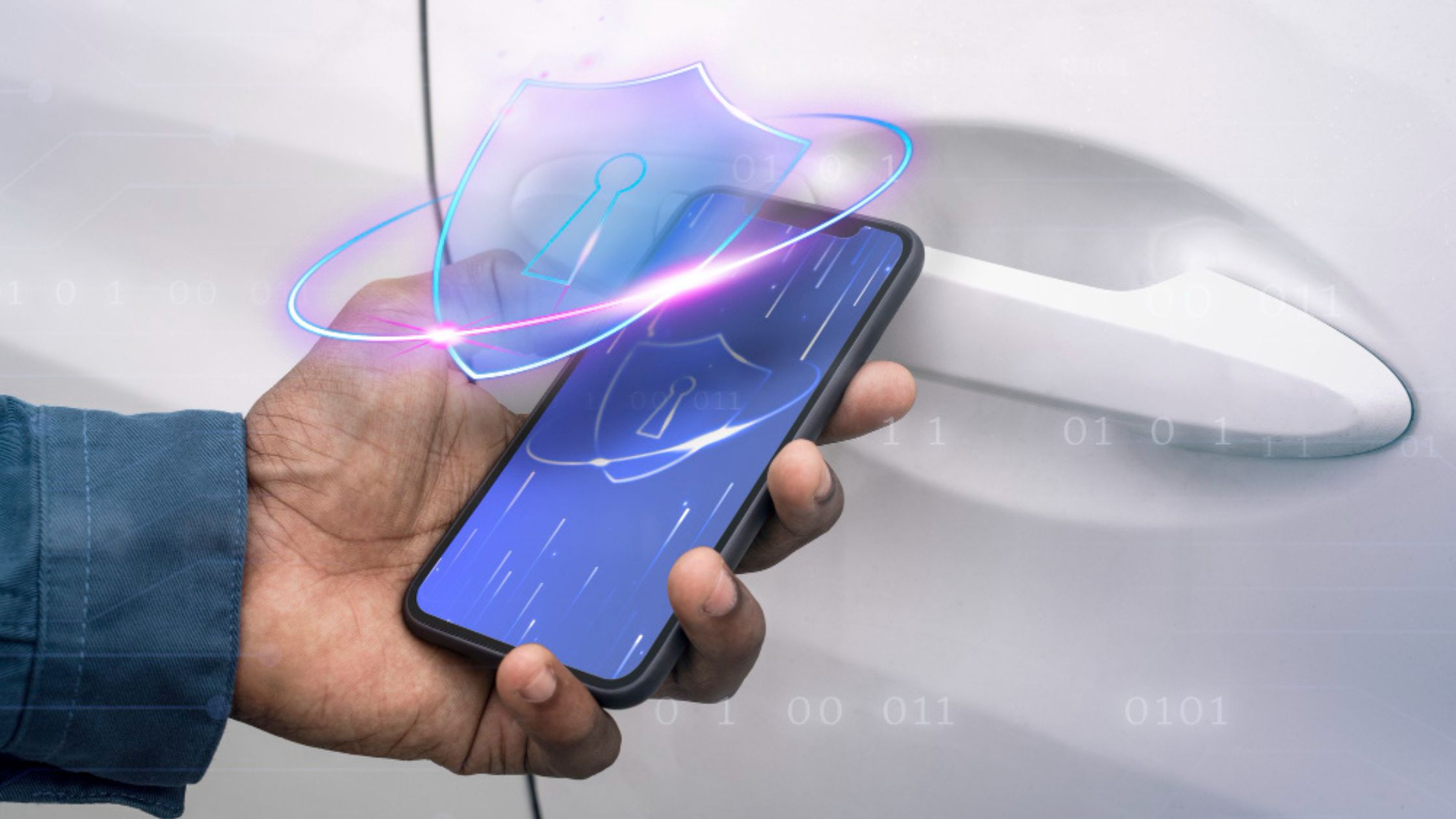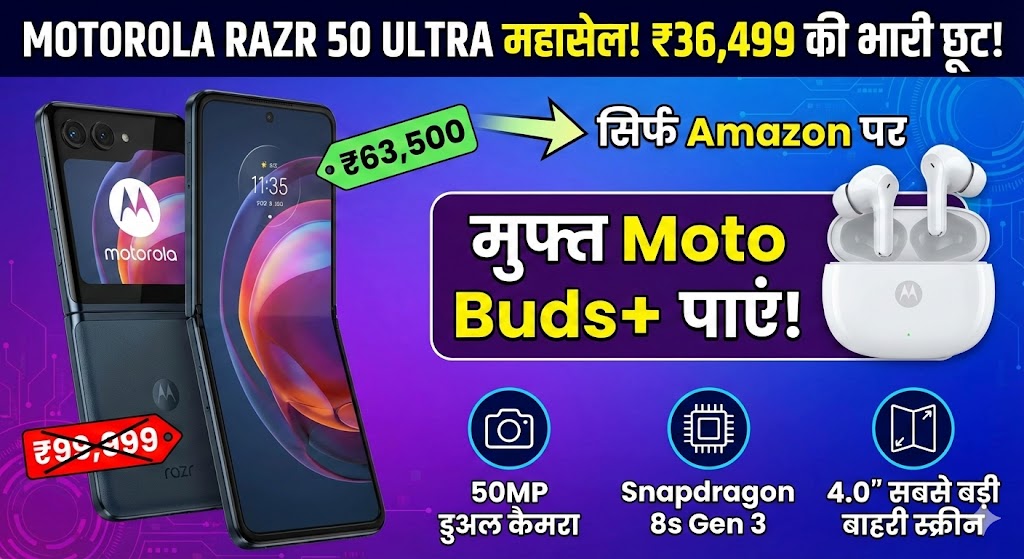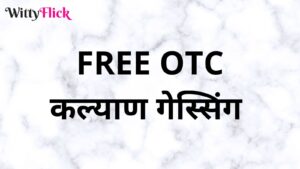
Is Your Mobile Number at Risk of Being BLOCKED? Shocking Truth Behind India’s New SIM Verification Law You Must Know!

Digital India or Digital Trap? Government’s Mobile Number Rule Could Cost You More Than Just Money – Full Breakdown Inside!
In an era where digital transformation has taken over every corner of our lives—from banking 🏦 and online shopping 🛒 to government schemes 📑 and healthcare 🏥—the security of our mobile numbers has become a growing concern. Now, the Government of India is preparing to introduce a new Mobile Number Validation (MNV) rule under the revised Telecom Cyber Security Rules 2024. This new regulation is being brought in to combat the rising threat of cyber frauds and safeguard digital platforms, but it’s also causing a wave of concern among the nation’s 1.21 billion mobile users.
The proposed rule aims to establish a paid verification system where institutions like banks, e-commerce platforms, and even government departments will have to validate users’ mobile numbers through the Telecom Department. On the surface, it appears to be a move to tighten cybersecurity, but beneath it lies a maze of new hurdles—financial burdens, privacy concerns, and access issues for rural users.
As per the draft, if a number is suspected to be fraudulent or fake, it could be blocked temporarily, cutting off access to essential services like banking or healthcare. What’s more, the cost of validation could shift to consumers, making everyday mobile usage more expensive. Experts have also raised red flags 🚩 regarding privacy and digital freedom, claiming that individual users may unintentionally fall under scrutiny.
Let’s explore the key highlights, possible consequences, and critical FAQs about this controversial new rule.
What is the New Mobile Number Validation System? 🔍📞
The government’s upcoming MNV system is designed to verify the authenticity of mobile numbers used across digital services.
Key Points:
- A paid platform will be introduced for mobile number validation.
- Government institutions will pay ₹1.50 per number, while private entities will pay ₹3 per number for verification.
- Every time a mobile number is used for OTP, online transactions, or app registrations, it may need verification.
- This could become mandatory for all major platforms like banks, UPI services, wallets, and more.
How Could This Impact Mobile Users? 📉📱
While the system intends to curb fraud, it brings a wave of challenges for ordinary users:
1. Temporary Blocking of Numbers ⚠️
If a number is flagged as suspicious, it may be deactivated temporarily—causing disruption in:
- Online banking
- Govt scheme access
- Medical emergencies
2. Multiple Users, One Number = Red Flag ❌
In rural areas, many families use one number for multiple accounts. These may now be labeled as “high risk.”
3. Need for Separate Numbers for Each Account 📲
Banks and platforms may ask for unique numbers for different accounts to avoid multiple validation fees.
This could lead to:
- Extra cost for consumers.
- Trouble managing multiple mobile numbers.
- Burden on elderly and rural users.
Who Will Be Affected the Most? 🎯
Although the draft is still under discussion, the Internet and Mobile Association of India (IAMAI) warns that:
- All digital service providers
- Regular mobile users
- App-based businesses
- Students using one number for multiple platforms
…could all fall under the rule’s scope due to vague definitions in the draft.
Digital Freedom and Privacy at Risk? 🔓🛡️
A major concern is around privacy rights.
❗ Key Privacy Issues:
- The draft identifies a new term: “Telecommunication Identifier User Entity (TIUE)”, which might include individual users too.
- Access Now, a digital rights group, calls the rule legally vague and a threat to personal freedom.
- There’s a fear of over-surveillance and data misuse, especially without proper legal safeguards.
Government’s Justification: Security + Revenue 💼🔐
Despite public outcry, the government insists this is a necessary step for national security.
🔐 Justification Includes:
- Cyber fraud prevention (Projected ₹1.02 lakh crore risk in 2025)
- Increased revenue from tech giants like Amazon, Netflix, Google
- Centralized user database to trace scam calls and fraud accounts.
Current Status of the Rule 📋⏳
The Ministry of Communications has received public feedback on the draft. But as of now, it remains unclear whether:
- Changes will be made
- Or if the original draft will be implemented as-is
Rising Cyber Fraud Cases: A Red Flag for India 🚨📈
| Year | Fraud Amount (in Crores ₹) |
|---|---|
| 2022 | ₹2,306 Cr |
| 2023 | ₹7,465 Cr |
| 2024 | ₹22,842 Cr (so far) |
This massive rise in cybercrime highlights the urgent need for security reforms, but the balance between protection and people’s rights must be carefully maintained.
FAQs 🤔❓
1. Will everyone have to validate their number?
Not officially confirmed yet. However, the draft suggests that every user interacting with a digital platform might need to go through MNV.
2. What happens if my number is flagged?
It may be temporarily blocked, affecting all services linked to it.
3. Will I need a new number for every account?
Possibly yes, if platforms begin to enforce one number per account to reduce their own costs.
4. Who will bear the cost of verification?
Initially companies, but experts believe it will eventually be passed on to consumers.
5. Can this rule affect my privacy?
Yes. Digital rights groups claim the rule can be misused without strong privacy laws in place.
Conclusion: A Necessary Shift or Digital Overreach? 🧠⚖️
The new Mobile Number Validation rule has sparked a heated debate between security advocates and privacy defenders. On one hand, it could prove vital in curbing cybercrime, making digital India safer. But on the other, it could open doors to surveillance, exploitation, and economic burden on common citizens.
With 1.21 billion mobile users at stake, the government must tread carefully. Striking the right balance between security and freedom is not just a challenge—it’s a responsibility.

WittyFlick: Tech News, Sarkari Result, Entertainment, And Tips Sarkari Result, Sarkari Exam, Kalyan Chart, Ibomma, Tech News, Entertainment, Automobile, Recharge Plan, Tips And Tricks And Latest Hindi News.Contact - arvindk9015@gmail.com

























